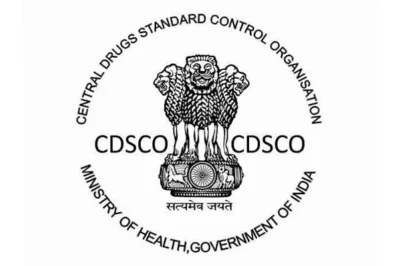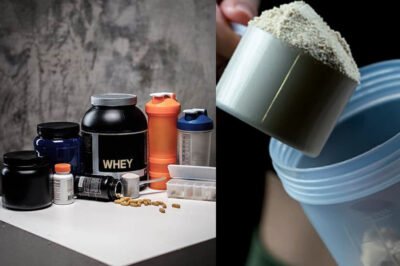Vote your opinion below:
Practicing hand hygiene is essential to prevent the spread of infections and maintain good health. The frequency with which you should practice hand hygiene can vary depending on your activities and circumstances, but here are some general guidelines:
- Before and After Eating: It’s important to wash your hands before eating to prevent transferring germs from your hands to your mouth. After eating, it’s a good idea to wash your hands again to remove any potential contaminants.
- After Using the Restroom: Washing your hands after using the toilet is crucial to prevent the spread of fecal-oral diseases.
- After Coughing or Sneezing: Cover your mouth and nose with a tissue or your elbow when coughing or sneezing, and then wash your hands immediately to prevent the spread of germs.
- After Touching Your Face: Avoid touching your face, especially your eyes, nose, and mouth, with unwashed hands to reduce the risk of introducing germs to mucous membranes.
- After Handling Animals: If you touch animals or their environment, such as petting a dog or cleaning a litter box, wash your hands afterward to reduce the risk of illness.
- After Handling Raw Food: When preparing or handling raw meat, poultry, or fish, wash your hands thoroughly to prevent cross-contamination with other foods.
- After Handling Garbage: Dispose of trash and garbage, and then wash your hands to prevent the spread of germs.
- After Being in Public Places: After being in public spaces, touching surfaces, or using public transportation, it’s a good practice to wash your hands when you return home to remove any potential contaminants.
- Whenever Hands Are Visibly Dirty: If your hands are visibly dirty, wash them with soap and water. Hand sanitizer is not as effective on visibly dirty hands.
- Frequent Hand Sanitizing: In situations where soap and water are not readily available, use hand sanitizer with at least 60% alcohol to disinfect your hands. This can be particularly important during flu season or when you’re in crowded public places.
Remember that proper handwashing involves scrubbing your hands with soap and water for at least 20 seconds, making sure to wash all parts of your hands, including the backs of your hands, between your fingers, and under your nails. Hand sanitizer can be used as a convenient alternative when soap and water are not available, but it’s not a substitute for proper handwashing.
The frequency of hand hygiene should be adjusted based on your daily activities and potential exposure to germs. It’s a crucial practice for maintaining personal and public health.
- Nitin Gadkari Launches Nationwide Cashless Treatment Scheme for Road Accident Victims

- Does Cold Weather Cause Colds? Here’s the Truth

- Ayushman Bharat Expanded: Over 2.16 Lakh Elderly Beneficiaries Added in First Week

- Rashtrapati Bhavan and Parliament Illuminate in Red for Dyslexia Awareness

- Apex Drug Regulator Identifies Sub-Standard and Spurious Medicines in Monthly Survey








































































Leave a Reply